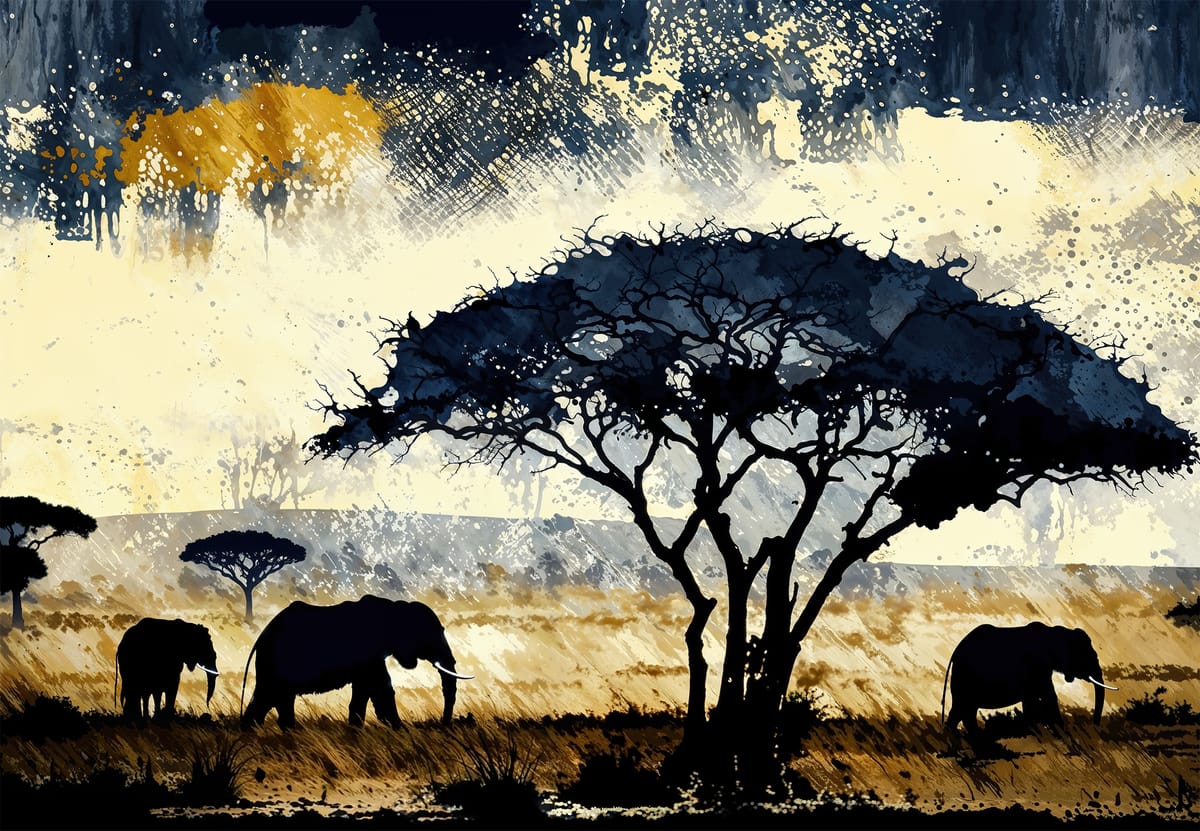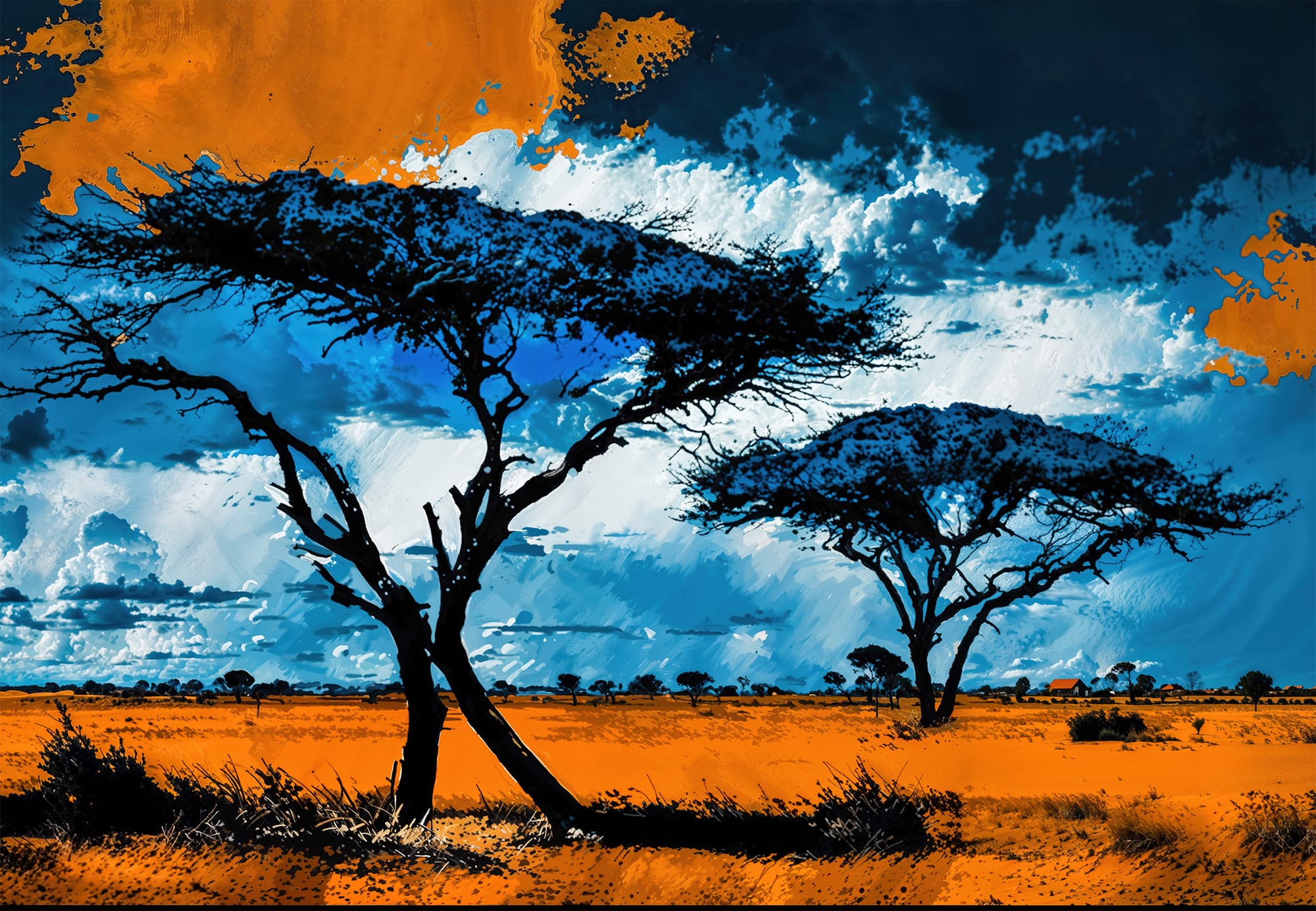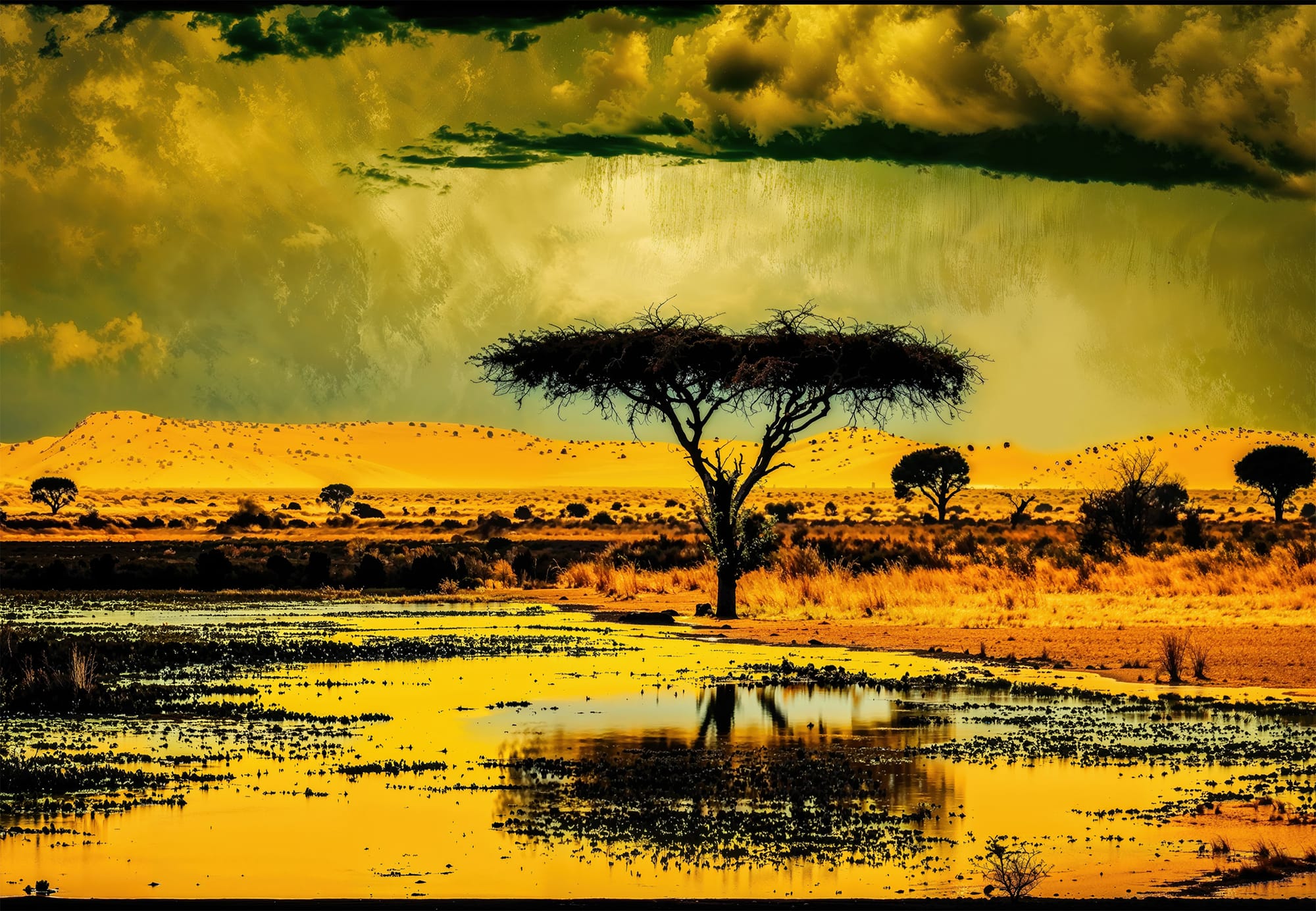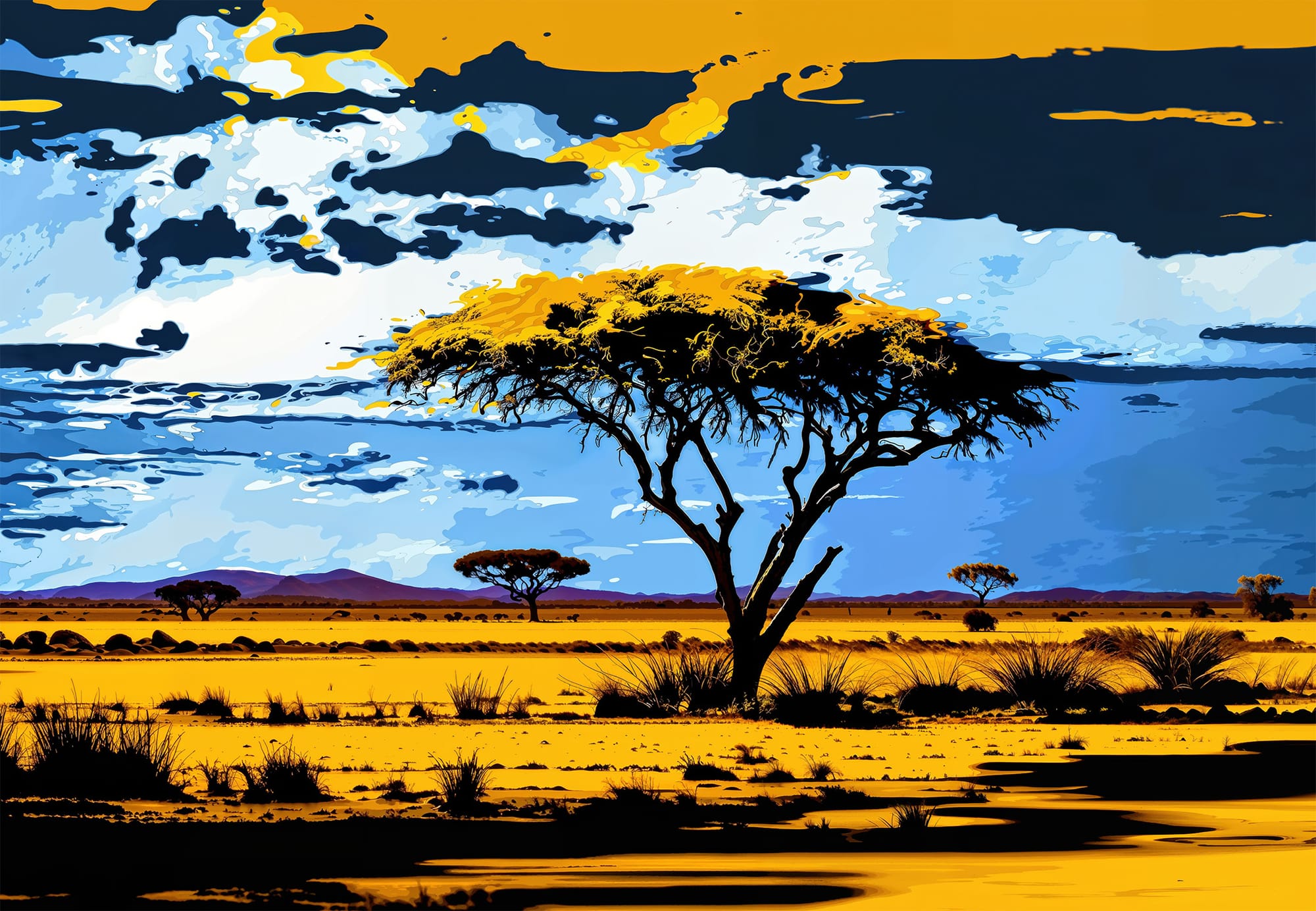Serengeti: Tanzania's Crown Jewel
Experience the magic of Tanzania's Serengeti! Witness the Great Migration, spot diverse wildlife, and immerse yourself in Maasai culture. From luxury lodges to balloon safaris, discover insider tips for an unforgettable adventure in this iconic African landscape.

Welcome, adventurers and nature enthusiasts! Get ready to embark on an unforgettable journey through one of Africa's most iconic landscapes – the Serengeti. This vast ecosystem in northern Tanzania is renowned for its incredible wildlife, stunning vistas, and the awe-inspiring Great Migration. In this guide, we'll cover everything you need to know to make your Serengeti adventure truly spectacular.
Points of Interest and Must-See Attractions
1. The Great Migration
No visit to the Serengeti is complete without witnessing the Great Migration. This annual event sees over 1.5 million wildebeest, along with hundreds of thousands of zebras and gazelles, making their circular journey through the Serengeti-Mara ecosystem.
- Best time to see: July to October in the northern Serengeti
- Tip: Book your safari well in advance for the peak migration season
2. Seronera Valley
Known as the heart of the Serengeti, Seronera Valley is a must-visit area teeming with wildlife year-round.
- Highlights: Big cats (lions, cheetahs, leopards), diverse landscapes
- Don't miss: The Seronera River, a lifeline for many animals
3. Moru Kopjes
These fascinating rock formations offer a unique landscape and are home to some of the Serengeti's last remaining black rhinos.
- Bonus: Look for ancient Maasai rock paintings
- Tip: Hire a guide to help spot the elusive rhinos
4. Grumeti River
Famous for its enormous crocodiles and exciting river crossings during the migration.
- Best time: June to July
- Warning: Keep a safe distance from the water's edge!
5. Olduvai Gorge
While technically just outside the Serengeti, this paleoanthropological site is often included in Serengeti tours.
- Significance: Known as the "Cradle of Mankind"
- Tip: Visit the museum to learn about human evolution

Travel Tips
- Best Time to Visit:
- June to October for dry season and migration river crossings
- December to March for wildebeest calving season
- April to May: Rainy season (some camps close, but landscapes are lush)
- Getting There:
- Fly into Kilimanjaro International Airport (JRO) or Julius Nyerere International Airport (DAR)
- Take a small aircraft to airstrips within the Serengeti
- Accommodation:
- Options range from luxury lodges to tented camps
- Consider mobile camps that follow the migration
- Book well in advance, especially for peak seasons
- Health and Safety:
- Get necessary vaccinations (consult your doctor)
- Bring insect repellent and sunscreen
- Always listen to your guide's instructions
- What to Pack:
- Neutral-colored, lightweight clothing
- Hat, sunglasses, and comfortable walking shoes
- Camera with a good zoom lens
- Respect the Environment:
- Stay on designated roads and tracks
- Don't disturb wildlife or remove any natural objects
- Choose eco-friendly accommodations

Local Insights
- Maasai Culture:
- Visit a Maasai village to learn about their traditional way of life
- Tip: Seek authentic experiences through reputable tour operators
- Balloon Safari:
- For a truly unforgettable experience, take a hot air balloon ride at dawn
- Local secret: The best pilots know exactly where to find the most stunning views
- Sundowners:
- End your day with a traditional "sundowner" – drinks and snacks while watching the sunset
- Tip: Ol Doinyo Lengai, an active volcano visible from the Serengeti, makes for a dramatic backdrop
- Night Game Drives:
- Some private concessions offer night game drives
- Insider tip: This is your best chance to spot nocturnal animals like aardvarks and bush babies
- Local Cuisine:
- Try traditional Tanzanian dishes like nyama choma (grilled meat) and ugali (maize porridge)
- Local favorite: Many lodges offer "bush dinners" under the stars – a truly magical experience

Conservation and Responsible Tourism
The Serengeti ecosystem faces challenges from climate change, poaching, and human encroachment. As visitors, we can play a role in its conservation:
- Choose tour operators and accommodations committed to sustainable practices
- Consider donating to local conservation efforts
- Educate yourself about the ecosystem and share your knowledge with others
By visiting responsibly, we can help ensure that the Serengeti remains a wonder for generations to come.
Final Thoughts
The Serengeti is more than just a destination; it's an experience that will stay with you long after you've returned home. From the thundering hooves of the Great Migration to the silent stalking of a leopard, every moment here is filled with wonder. So pack your bags, charge your cameras, and get ready for the adventure of a lifetime in the magnificent Serengeti!